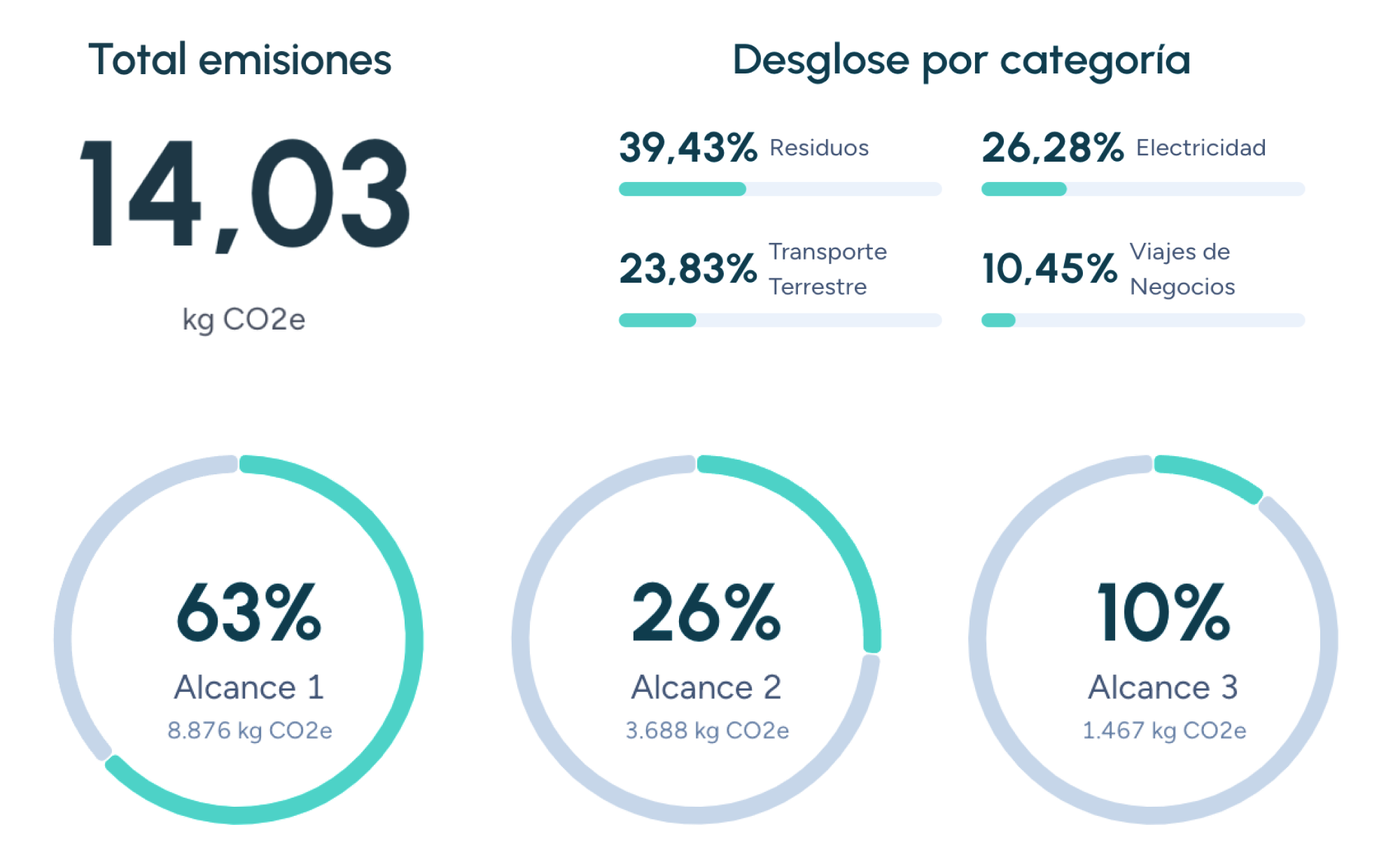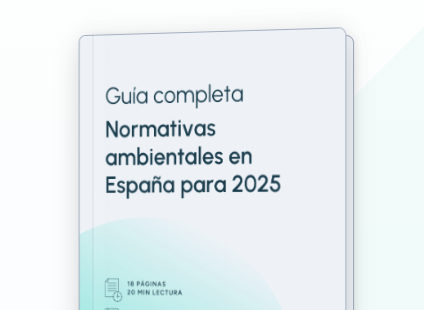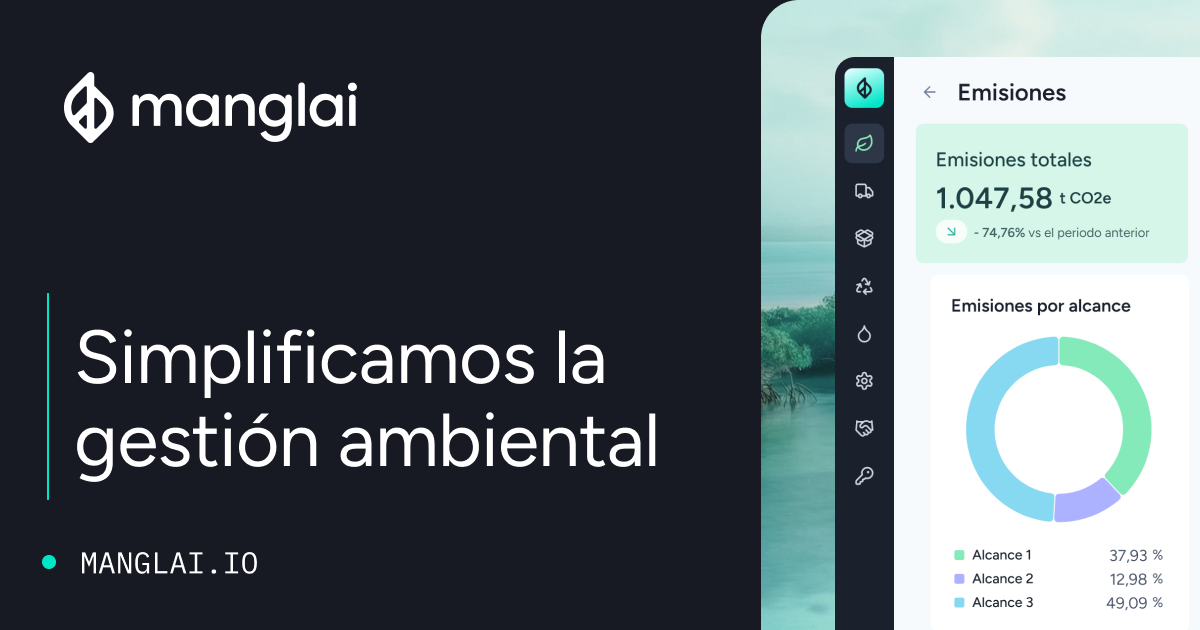Back to the blog
Water footprint
The role of the Water Footprint in Agriculture and its environmental impact
Jaume Fontal
CPTO & Co-Founder
According to the FAO, agriculture consumes almost 70 % of all freshwater withdrawn worldwide. This figure, which is beyond dispute, puts the primary sector at the centre of the sustainability conversation.
When a producer identifies the volumes of blue, green and grey water demanded by their fields, they gain a quantitative indicator that lets them act with the same precision they use to fine-tune fertiliser doses or schedule the harvester.
In this context, talking about the agricultural water footprint is no longer an academic issue: it is an economic imperative, because excessive consumption drives up the energy bill for pumping. It is also a legal requirement, as the EU Water Framework Directive tightens extraction limits in over-exploited basins. Above all, it is a market argument, because major retail chains demand certifications that verify responsible irrigation practices.
Below, we explore the role of the water footprint in agriculture and its environmental impact.
What does the Agricultural Water Footprint measure?
The agricultural water footprint combines, in a single metric, the irrigation water extracted from wells or canals (blue footprint), the rainfall that infiltrates the soil and is used by the plant (green footprint), and the volume needed to dilute fertilisers and crop-protection chemicals to legal discharge limits (grey footprint).
On average, one tonne of flood-irrigated rice requires 8,400 litres of blue water, while the same amount of dry-farmed wheat needs only 1,300 litres of green water. This six-fold difference in pressure on water resources shows why some crops are sustainable and others are not, depending on climate, irrigation system and nutrient-use efficiency.
Crops with the Highest and Lowest Footprints
Among Spain’s main fruit and vegetable products, cotton tops the ranking with just over 9,200 litres per kilogram, followed by rice and avocado, which exceed 8,000 litres and 500,000 litres per piece, respectively.
Dry-farmed olive groves, by contrast, rely almost exclusively on green water and keep the footprint around 1,400 litres per litre of oil—lower than that of other vegetable oils that need supplementary irrigation.
Varietal choice, planting density and adding organic matter to the soil can shift these figures by several hundred litres either way, so the final picture depends not only on the crop but also on agronomic expertise.
Case study: Subsurface drip-irrigated ilive groves in Jaén (Spain)
A cooperative in Jaén managing 2,800 hectares cut its blue footprint by 31 % over two seasons after replacing old sprinkler systems with subsurface drip irrigation controlled by moisture probes and an algorithm that matches water application to daily evapotranspiration.
Powered by photovoltaic panels, the project saved €0.08 per litre of oil and earned the cooperative the right to display the Protected Designation of Origin seal, adding a 4 % market premium. The entire investment paid for itself in less than three years thanks to lower electricity bills and higher income.
This example shows that water sustainability is not a cost but a driver of competitiveness.
Strategies for reducing the Agricultural Water Footprint
- Regulated deficit irrigation uses tensiometers to stop watering during growth stages where water stress does not harm yields. In stone fruit, this trims water use by 20 % without reducing fruit size or Brix.
- Drought-tolerant varieties—such as maize DKC7088—need 18 % less water than conventional hybrids because they close their stomata more slowly and develop deeper roots.
- Cover crops cut direct soil evaporation by about 12 % and improve infiltration.
- Precision fertigation, which delivers dissolved nutrients through the irrigation system, cuts nitrate losses and therefore the grey footprint by roughly 25 %.
All these methods can be integrated through a water-footprint audit like the one described step-by-step in our article How to Measure the Corporate Water Footprint.
Direct economic benefits
- Pumping less water lowers contracted power and reduces pump running hours, typically saving about €0.05 per cubic metre supplied.
- Certification schemes such as Global G.A.P. or Organic Agriculture, which require proof of water management, add an average 7 % price premium at the farm gate.
- Green loans linked to water-efficiency indicators offer interest rates roughly 80 basis points below standard, improving farmers’ financial returns.
The Agricultural Water Footprint: A key metric for optimising resources
Rigorous measurement of the agricultural water footprint is the first step toward optimising resources, cutting costs and safeguarding the farm against climate variability. Those who master their consumption data control their future.
In our series of articles on the water footprint, you will find tools and practical examples to help you turn litres saved into euros earned.
FAQs about the Water Footprint in Agriculture
Can the agricultural water footprint be offset?
Artificial aquifer recharge or the use of reclaimed water can neutralise part of the extraction, but the priority must always be to prevent unnecessary consumption at source.
How much does it cost to install capacitive moisture sensors?
The investment starts at about €350 per probe (NB-IoT-connected), and typical payback comes before the second season thanks to water and energy savings.
Jaume Fontal
CPTO & Co-Founder
About the author
Jaume Fontal is a technology professional who currently serves as CPTO (Chief Product and Technology Officer) at Manglai, a company he co-founded in 2023. Before embarking on this project, he gained experience as Director of Technology and Product at Colvin and worked for over a decade at Softonic. At Manglai, he develops artificial intelligence-based solutions to help companies measure and reduce their carbon footprint.
Content
Companies that trust us

Water Neutrality: Is It an Achievable Goal for Industry in Spain?
Discover whether water neutrality is viable for Spanish industry. Methods and strategies to reduce water consumption.
08 December, 2025
Technologies for Optimizing the Water Footprint in the Textile and Agri-Food Industries
Discover how digitalization, water reuse, and artificial intelligence are transforming water management in the textile and agri-food sectors
29 October, 2025
Strategies to Reduce the Water Footprint of Companies
Learn techniques and tools to minimize water impact in processes and products.
03 September, 2025
Guiding businesses towards net-zero emissions through AI-driven solutions.
© 2025 Manglai. All rights reserved
Política de Privacidad


